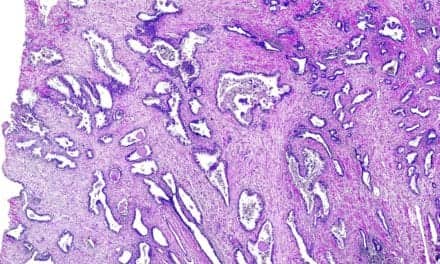The American Urological Association (AUA), in partnership with the Society of Urologic Oncology (SUO), has released the 2023 clinical practice guideline on the early detection of prostate cancer.
Prostate cancer is the most diagnosed noncutaneous malignancy in American men. It is estimated that 288,300 patients will be diagnosed with prostate cancer and there will be 34,700 deaths from prostate cancer in the United States in 2023. Further, it is recognized that some patient populations at increased risk of a cancer diagnosis may benefit from earlier/more frequent screening based on shared decision-making.
“Prostate cancer is the leading cancer diagnosis and the second leading cause of cancer death among men, making early detection imperative,” says John Wei, MD, chair of the guideline panel and professor at the University of Michigan. “With this completely new AUA/SUO prostate cancer early detection guideline, clinicians will see the latest set of recommendations for individuals undergoing prostate cancer screening, or considering an initial/repeat prostate biopsy, as well as guidance regarding use of new biomarker and imaging technologies.”
This guideline has 35 recommendations and serves as a useful reference on effective evidence-based care as it relates to the early detection of prostate cancer.
This guideline includes:
- Focus on early detection with an emphasis on PSA-based screening.
- Considerations for initial and repeat biopsy, with the goal of identifying clinically significant prostate cancer.
- Discussion of biopsy technique.
- Reference figures outlining the recommended screening process and decision points.
“The SUO understands the importance of early detection of prostate cancer and was privileged to work beside the AUA to provide these updates,” says Jeffrey Holzbeierlein, MD, president of SUO and vice president and physician in chief at the University of Kansas Cancer Center. “This guideline aims to help expediate clinical decision-making in the execution of prostate cancer screening and follow-up.”
The full guideline is now available at https://www.auanet.org/guidelines-and-quality/guidelines/early-detection-of-prostate-cancer-guidelines





